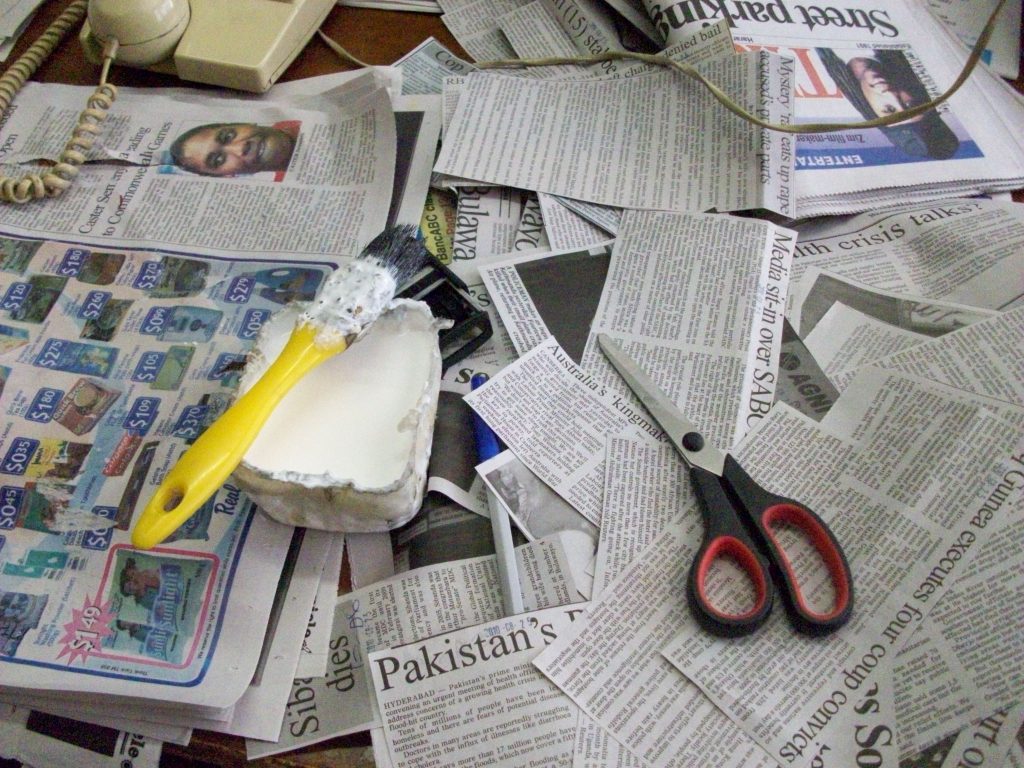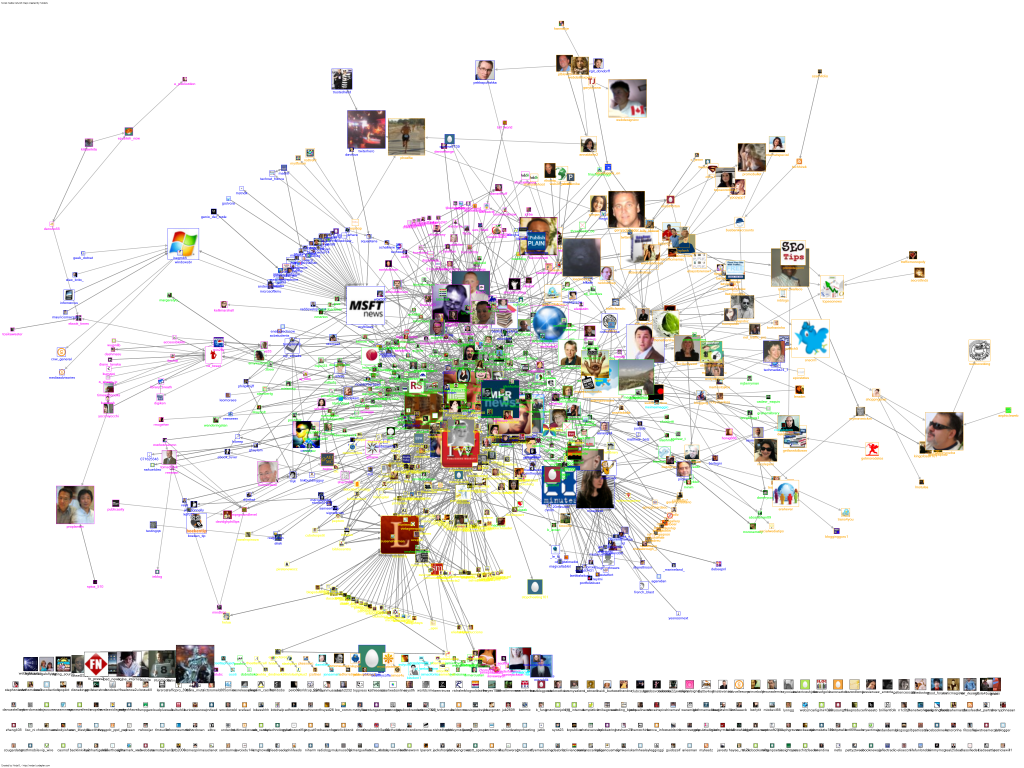Since the first copyright law was introduced in 1710 to protect intellectual property rights resulting from the rise of the printing press, copyright law has changed with the development of technology to protect more diverse content, such as sound recordings, films, broadcasting and computer programs (Bosher, 2019). The change in copyright law has been driven by the development of technology, but in the context of the rapid development of network technology, the rise of digital models has made copyright enforcement issues more challenging. The difference between the Internet and traditional mass media is that the Internet has a strong openness and transparency, and the public has a high participation (O’Hara & Hall, 2018). These characteristics speed up the dissemination of information, and increase the scope of dissemination, which leads to more and more serious copyright problems. Copyright can be seen as a response to technological developments that have been greatly affected by the digitization and new economic models brought about by the Internet.

“Old-style copy and paste” by helpingmedia is licensed under CC BY-SA 2.0.
The revolution of the Internet has led to a growing problem of copyright
Changes in communication technology and the Internet economy have led to problems with copyright protection.
Technological and economic changes have led to the transformation of the Internet from an industrial information economy to a network information economy, in which songs, movies and radio broadcasts are fixed in certain means of communication and sell the maximum quantity at the lowest cost, while the network information economy thoroughly dispersing information, knowledge, culture and ideas through different communication channels and hands through communication networks (Yochai, 2006).
The Internet has changed the one-way communication mode of traditional mass media, and combined with the continuous development of communication technology has formed the current Internet environment. It provides the public and users with a platform that supports all people to create content as content publishers. Users can publish content anytime and anywhere and view information online. Refresh and browse the latest news or content posted by other users. In this process, more and more information is produced and exchanged, and the transmission scope and speed are increased through the network, which gradually forms an open and free online culture and mode (Yochai, 2006).
The free body using the Internet now any online information and knowledge, as well as uploaded videos, pictures, audio, network code, etc., can be accessed by users at will. The operation of copying online content and forwarding infringement is very simple, and most of the user’s online behavior is difficult to be controlled, and the user’s infringement is difficult to detect and track. Due to the freedom of transmission of the Internet, it is easy to cause large-scale dissemination and storage, which is a great threat to the protection of copyright.
The openness of the Internet is reflected in the fact that vendors provide packages of different content, such as object code and source code. And advocate and support the sharing of source code, support other organizations or individuals to improve and restructure it, so as to promote the development and innovation of the Internet. In the process of sharing, providing the best of both worlds while protecting its intellectual property and copyright is a difficult problem to solve.
The openness, freedom and sharing mode formed by the continuous development of the Internet are the fundamental reasons why copyright protection of online content has become a difficult task to perform. The high-speed transmission and wide range of the Internet is also a huge challenge for copyright protection.

“20110224-NodeXL-Twitter-internet archive profile photos” by Marc_Smith is licensed under CC BY 2.0.
Internet characteristics and copyright legal protection
Copyright law and technology are intertwined, and major changes in copyright law throughout history have been adjusted to a more robust version in response to technological changes (Bosher, 2019). The rapid development of the Internet and the diversification of information and uses, combined with the complexity of infringement methods, make it impossible for copyright law to provide a very detailed legal description of each copyright issue.
The scope of legal protection will be affected by the constraints of judicial interpretation and principles, so that some torts cannot be defined. For example, copying in infringement, however, the definition of copying right covers all copying situations, including copying in the process of making copies, using technology, etc. The definition of copying right is very absolute, and it has no limitation, assuming that all copying acts constitute infringement (Karapapa, 2020).
Microsoft, GitHub and OpenAI have been accused of using copied code to build AI drivers. They asked that the lawsuit be dismissed because the plaintiffs had not suffered any damages as a result of the tool.
The information and content shared and disseminated on the Internet are very complex, and these miscellaneous content almost covers all information, academic websites, libraries, entertainment websites, music, videos, original content of bloggers and users, etc. When investigating its copyright issues, it should be dealt with according to the copyright of different content. When pursuing copyright issues, it is common to investigate the use of content copied from the Internet, some for commercial and illegal trafficking, and some for illegal distribution without profit. Some content is protected by copyright, while some information is not, and the infringement of these acts is sometimes difficult to define, which makes copyright protection more difficult.
Therefore, in the process of judging infringement, different ways of infringement, diversified infringing content, use of infringing content and other legal loopholes are the reasons that make copyright difficult to be protected in the legal level.
The rapid development of the Internet conflicts with legal protection
With more and more copyright issues related to software and code on the Internet, legal institutions in the United States have gradually supported software copyright claims, which essentially protect object code and source code in the Internet (De Laat, 2005). The open source of the Internet provides users with the opportunity to freely repair, modify, and update software as needed, which can have a positive effect on the development of the Internet. If you make open source code available and shared instead of confining it to a “black box”, users can use and improve the code, and the quality of the code becomes better and better, making the software more reliable and advanced (De Laat, 2005).
In the trend of the Internet, software is sold as a commodity by Internet companies, and code is the form of selling software, so the protection of code is crucial (De Laat, 2005). However, copyright mainly protects poetry, drama, painting and sculpture. Copyright gives authors the right to publish their works in the form of text. It protects the form and result of creative expression, but it cannot protect the central idea and creativity.
The copyright protection of software is also limited to the confidentiality of the code and cannot protect the creativity and central idea of the software function. But courts and other legal bodies still have an unsupportive attitude toward protecting code related to software invention, because it means restricting freedom of thought on the Internet. Some users also pointed out the problem on Twitter .But the process of sharing is often accompanied by a company’s investment in research and development results are stripped and copied by competitors, so companies often set code and software related information as trade secrets to protect (De Laat, 2005).
Conclusion
The development and change of the Internet has led to more and more serious copyright problems.
- The development and transformation of technology and the Internet have created new patterns and Internet characteristics that have made infringement easier.
- The copyright law has encountered the challenge of determining infringement when protecting infringement on the Internet. Copyright law cannot analyze and judge infringement absolutely objectively.
- The development of the network needs to share resources and code, and the protection of copyright in some ways will affect the promotion of high-quality code and the development of diverse ideas in the Internet.


